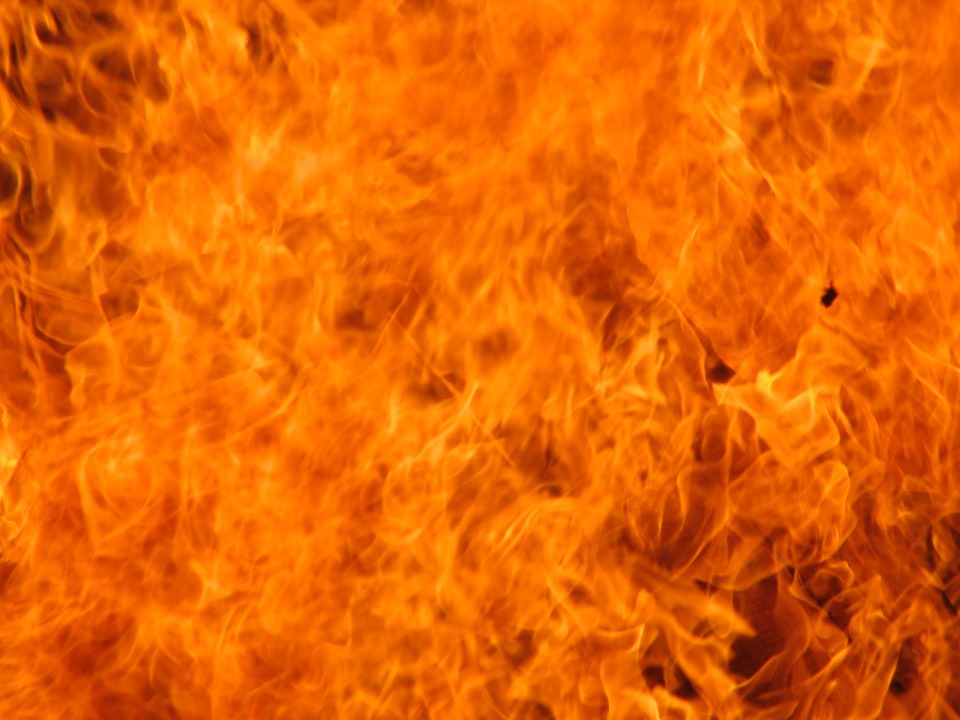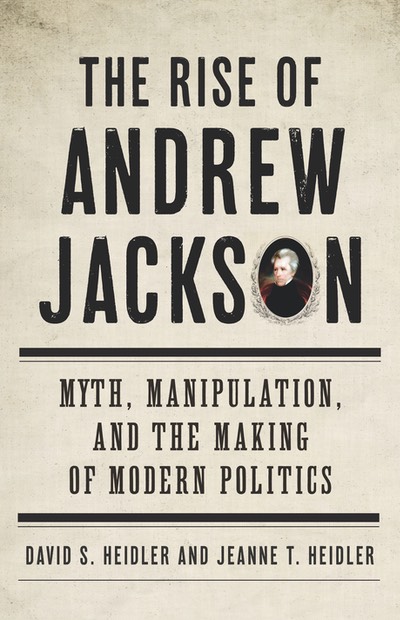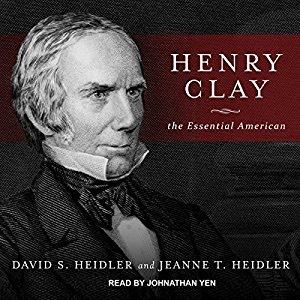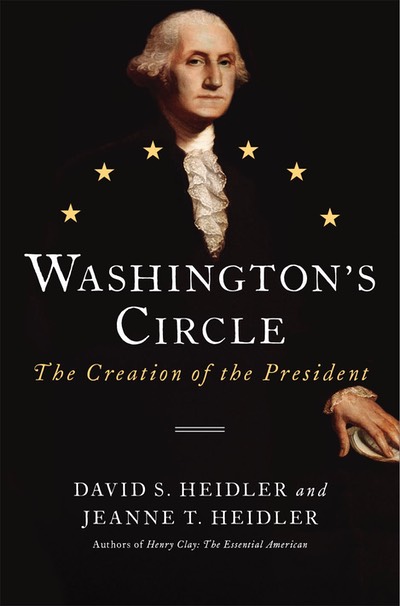The little blaze in a shed behind Mrs. Babson’s house went unnoticed at first and then for too long. It was 8:15 on a Friday night, but the streets of Charleston, South Carolina, were empty because the weather was unpleasant. A strong wind out of the southwest had been blowing all day, and its occasional gusts were laced with sand. That meant the little blaze unobserved had time to grow. With the wind stoking its flames, it quickly consumed the shed, and suddenly the little blaze was not little. In fact, within a quarter of an hour, it was already out of control.
It began taking houses, first one and then two at once, then three and four at a time. Their occupants fled into the streets and watched in awe and horror. The fire’s crackling sounded like sharp gunfire coming in rapid volleys, but it was soon muffled by a growing roar. Flames fed by the wind behaved like sentient creatures, shooting upward and outward, searching for fuel. The toll of a distant bell was barely audible, but at least it meant the engines would be coming, both from the town’s fire department and its five volunteer companies.

The people retreating from the heat and light knew the firefighters would not make any difference. Citizens in distant neighborhoods knew this too as they traced the ferocity of the beast and futility of those fighting it over the course of the long, dreadful night. The sky became pink and then orange and finally blood red, something like hellfire in a place whose numerous churches had earned it the nickname “Holy City.” Four of those churches would not be standing by dawn.
The little blaze in Mrs. Babson’s shed was the beginning of Charleston’s catastrophic 1838 fire. It happened 180 years ago this weekend. Starting from the corner of Beresford and King streets on April 27, it took advantage of a long dry spell and the high winds of that night. Five doors up from the Babson home stood Sutcliffe’s Bakery, a brick building that witnesses hoped would stand as an obstacle to the flames. But the fire entered Sutcliffe’s with a flash and soon blew out the building’s windows. From there it jumped to the west side of King Street where driven by the prevailing wind, it began its steady march north and east. Robb’s Grocery Store had an abundance of dry goods, and those along with the combustibles in J.C. Simons’s paint store gave the blaze something to work with.
By then the city’s sixteen fire engines had rolled into place joined by those of the volunteer companies, the colorfully named Engine, Vigilant, Aetna, Phoenix, and Axemen. These were proud and competitive organizations that took their obligation to the community seriously, but what they were facing was beyond both their equipment and everyone’s competence. All told, Charleston had some seven hundred firefighters, half of them slaves, but had they numbered seven thousand, it would not have made any difference.
They moved as close as they could and trained hoses from the pumpers, but the water did not even slow the fire as it leaped from building to building. When an engine emptied its tank, it had to be re-harnessed to its horses and retreat to the nearest cistern or fire well, often blocks away. By the time it returned, its firemen had to chase the fire to its new location and start fighting it from scratch. This happened repeatedly, until the water began to run out.
Around 10:00, the city engineer and Charleston’s Fire Masters began blowing up buildings to deprive the fire of fuel. Leveling structures with explosives also removed obstacles to the pumpers’ hoses as the fire tried to hide and find new things to consume. Demolition might have helped earlier, but not when the fire had reached its full strength. The regulations for demolition also impeded its effectiveness. To destroy even the most insignificant shack required the consent of at least three Fire Masters. Sometimes it was hard to find them, and sometimes they paused, always for too long.
By midnight the visual horrors and auditory assaults of the inferno were, in the recollection of one citizen, an “awful sublimity.” The heat became so intense that the fire began making its own weather and creating its own howling wind. The flames became walls rather than spears as they advanced from structure to structure, exploding across streets and making a sound deeper than a roar, something that was like artillery, concussive and physically palpable. Screams and shrieks — ghastly, piercing, and constant — played against the sonorous church bells tolling across the city and the thunderous explosions of building blasted to bits, hour after hour, block by block.
After midnight, the safest demolition method — using gunpowder that had been measured and bagged — had to be abandoned because bagged powder, like the water, was running short. Demolition continued with powder kegs, and the resulting blasts were both spectacular and lethal. Several people were killed either by detonations or when objects hurled skyward came to earth and crushed them. One victim was Frederic Schnierle, the assistant chief, who was directing operations.
As the fire marched down the south side of Market to Meeting Street, it razed the entire Public Market as far south as Church Street. By 2:30 am, it had claimed the opulent Charleston Hotel, a brand new building that had just been completed but had not yet opened and would never have a single guest. The new Masonic Temple on Meeting Street was still under construction and burned to the ground in less than an hour while the fire moved on to claim new victims, including the Wentworth Street Methodist Church, the Kahal Kadosh Beth Elohim Synagogue, Saint Mary’s Roman Catholic Church, and the Trinity Methodist Episcopal Church. But it could be capricious: Frederick Tudor’s ice house stood unharmed and starkly alone, as did Bennett’s Rice Mill, but the nearby Aetna Volunteer Fire Engine ironically vanished in the flames while its company was battling them elsewhere.
During the long hours before dawn, the fire moved remorselessly up Meeting as far as Hasell Street. From there it turned westward along Hasell as well as Society and Wentworth streets toward the Cooper River wharves. The steamboat Neptune caught fire but got up steam and pulled to safety.
The Cooper at least stopped the beast’s westward progress, the dying wind at dawn slowed its march north, and daylight revealed it to be a spent force. Its night’s work was nonetheless impressive. In less than twelve hours, the fire gutted anything made out of brick and left anything wooden ash and rubble over an area spanning some 150 acres in a ragged radius of about two and a half miles.
Charleston sat stunned as well as gutted, but in a few days the inevitable questions of “Why?” and “How?” appeared in the newspapers, were shouted at public meetings, and began to inform discussions in the councils and bureaus of the city government. Disbelief and anger tinged these conversations as everyone looked for answers, but a sobering realization also overshadowed all deliberations. After all, the disaster of 1838 had been foretold by smaller conflagrations three years earlier. The first was in February 1835. It began in a brothel and consumed a dozen homes, but most dramatically, it had reached the majestic St. Philip’s Church to bring about a strange cacophony of its tolling bell and wheezing organ bellows as the place went up in smoke.
And when another fire broke out in June 1835 near the same area and burned eight blocks and 125 homes and businesses, Charleston’s citizens and the government agreed that something had to be done to stop the periodic destruction of large sections of their city. Zoning ordinances and city planning became the enthusiasms of the day. The city mapped out plans to reform its firefighting apparatus. It put together regulations to reduce the heavy reliance on wooden construction that was often shabby as well as a fire danger. All endorsed initiatives to create an elegant market promenade with attractive shops, and the city government bought the burned up lots from the June 1835 fire to realize the vision. Everyone was ready to tear down the sheds and shacks, eyesores that were also fire traps, that had multiplied between finer homes and prosperous businesses.
Yet as summer and fall came and passed in 1835, and the June fire receded from memory, the zeal for reform gradually dissipated, and in the end, most changes were abandoned. The unwieldy and decentralized system of Fire Masters and volunteer fire companies remained in place, with the result that cisterns and fire wells were only randomly inspected, inventories of bagged explosives went wanting, and plans for coordinated responses never materialized. Ambitious zoning maps were forgotten, building plans were only half-achieved, and the tinderbox tenements on the alleys off King and Market and Meeting and Church streets remained in place. On that April night in 1838, the fire found them, and feasted.
And in the aftermath, as Charleston surveyed the blasted landscape that had been the heart of their city, everyone agreed that something had to be done to stop these fires. Again, zoning and planning were the enthusiasms of the day, and reforms sought to centralize control of firefighters to speed their arrival to blazes and coordinate their efforts afterward. Ordinances all but banned the construction of wooden buildings in the burnt out districts and directed that masonry be used for structures.
Anyone who know the ways of government and the attention span of the public can certainly guess what happened. The Fire Masters were political appointees and had clout, and the fire companies were protective of their status, so both gradually restored the old system.
And the brick buildings? The law of unintended consequences where government is involved played a devilish trick on Charleston in this regard. First, the need for hasty construction required the employment of itinerant masons who had no attachment to the community and blithely cut corners by using inferior products. Second, many implemented a different bond that was quicker to lay but proved unstable. Some of the brick buildings erected after 1838 did not burn in subsequent fires, but neither did they survive the Charleston earthquake of 1886.
In any case, Charleston was lucky that there were not more of these collapsible perils. That was because of the public outcry shortly after 1838 that modest homeowners could not afford the greater expense of masonry construction. It was also pointed out that landlords compelled to build with brick would raise rents, further increasing the distress of the propertyless poor. So here and there the ironclad masonry ordinance was waived, and the cheap frame houses and seedy shacks reappeared on the alleys off of main thoroughfares where a fire would find them one day, and feast, when hellfire again came to the Holy City.



